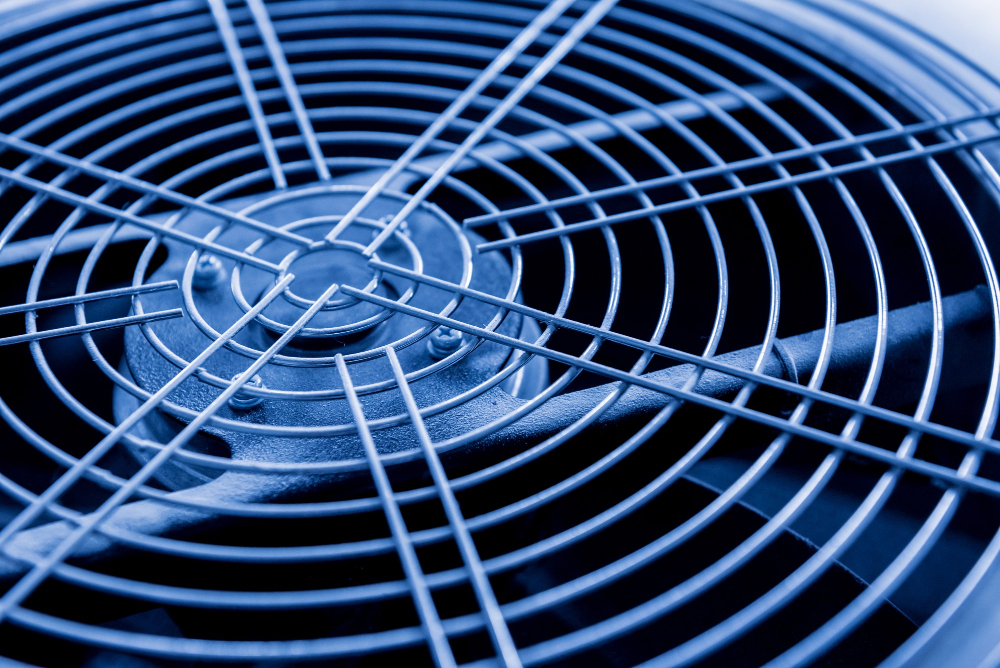Ventilation testing is a very important matter. It is also essential to perform testing, balancing, and adjustments at periodic intervals for completed manufactures and facilities. In addition, energy consumption should be minimized.

Air Velocity (Flow Rate) Measurement The measurement of air velocities in ducts is done by averaging with flow measurement probes. Sensors placed in the shape of a "+" from the top and side into the air duct, by connecting their outputs in parallel, enable the scanning of the entire cross-section to determine the average air velocity.
We must also keep up with the constantly evolving and changing technology. Especially those who will work in a technical field need to be much more sensitive to this matter. You are stepping into the profession of central ventilation and air conditioning systems, which hold a significant place in human life today and are open to development.
At the same time, in applications that are based on knowledge and more on skills in the field of air conditioning, adjustment, testing, and balancing operations are performed in central ventilation and air conditioning systems.
During the project phase, the examination and experimentation process, which is conducted to check whether these thoroughly addressed issues are realized after the system's implementation, also greatly emphasizes testing, balancing, adjustments, and commissioning throughout.
In ventilation installation systems, one of the prerequisites is to easily provide the desired comfort conditions with the least operating expenses and minimum energy. Fans that can easily meet the required air flow, velocity, and pressure can be preferred for ventilation systems.
The process of measuring the required air velocity is done with the help of various devices. Before measuring speed and flow rate in air ducts, some rules must be considered. If it is a distributor air duct system, it is quickly inspected in accessible and possible locations, and the air flow rate is adjusted. Air measurement and flow rate adjustment are as follows:
The periodic inspection of air conditioning and ventilation installations is carried out by our expert teams. In this context, initially, the inspection of the parts that provide air flow is necessary. It is also checked for any missing or damaged parts.
At the same time, the inspection of ventilation ducts is carried out. The condition of the fans in the installation is determined. If there is an air filter, it is checked. If there are air filters and pipes that provide air flow, they are cleaned. The inspection is completed by measuring and checking the cleanliness and speed of the air.
Within the scope of periodic inspection, the reports of authorized employees by the Ministry of Labor and Social Security are also considered valid. ERF Laboratory provides authorized service in the field of periodic inspection with its technical capabilities, expert staff, and quality service understanding, authorized by the Ministry of Labor and Social Security.
To easily meet the air requirement in the working environment, to dispose of the polluted or becoming polluted air with clean air appropriately, and to ensure the temperature, humidity, and proper air flow in the environment according to thermal comfort conditions, it is necessary to properly install the ventilation system.
Ventilation systems in work environments are designed in accordance with the "Regulation on Health and Safety Conditions in the Use of Work Equipment."
In the section of the "Regulation on Health and Safety Conditions for the Use of Work Equipment" related to Periodic Control, Maintenance, Annex-III, it states that "Periodic inspection criteria and intervals of ventilation installations are carried out according to the criteria and intervals prescribed by the manufacturer for work equipment that does not appear otherwise in standards." According to this principle, periodic inspections must be conducted at certain intervals in the work environment.
To briefly touch on the quality of the air in a room from a technical standpoint, we need to first look at the levels of CO2 and oxygen. The recommended ratio can be defined as a maximum of about 1 liter of CO2 per 1000 liters of air or 1000 parts per million (ppm).
When the concentration of CO2 in the room we are in exceeds this limit over time and remains high for an extended period, it can cause issues such as concentration difficulties and headaches for the people present.
Creating a healthy work environment requires, first and foremost, a high quality of natural air quality with high hygiene standards. Controlled ventilation in meeting rooms and offices, reducing energy consumption, and increasing comfort are the top priorities. The air conditions in a room meet thermal comfort conditions only when the chemical, physical, and biological limit values are under control.
For a medium-sized office space, it is necessary to ventilate the area about 3-8 times a day. The need for fresh air per person per hour varies depending on the purpose of the space. However, the recommended air volume per person in office and desk environments is generally 30 m3/h.
The air flow and air speed in the ventilation duct depend on the purpose of the duct, the type of structure, and the noise level. It should never be forgotten that the appropriate speed must be chosen according to the intended use of the air in the facility.
Excessive air flow speed can also lead to noise in the ducts because the air speed is related to the power of the system fan, so increasing the air speed requires increasing the fan load and flow rate.